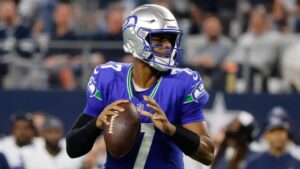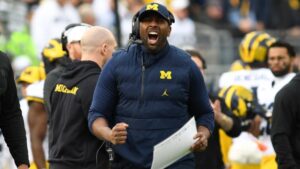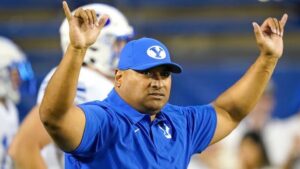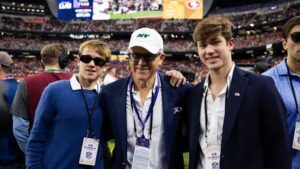
Updated Northern Lights Forecast: Map Shows Aurora Borealis Set To Dazzle Us Again In 8 States Tonight Likely To Get Further Below The Canadian Border
Parts of the northern U.S. may be able to see the northern lights on Friday night as solar radiation will likely cause some radio blackouts again, according to a National Oceanic and Atmospheric Administration forecast.
Key Facts
NOAA forecast a Kp index of three on a scale of nine for Friday night, meaning the northern lights will be seen further south from the North Pole and be “quite pleasing to look at” for those in the right areas.

Weaker auroral activity is expected through the weekend, with a maximum Kp index of three and two forecast for Saturday and Sunday, respectively, though Saturday’s forecast will likely weaken, according to NOAA’s three-day forecast.
Minor solar radiation storms are expected on Friday that could disrupt radio frequencies, NOAA said, after some radio blackouts were observed earlier in the week.
Where Will The Northern Lights Be Visible?
Northern Canada and Alaska will have a low chance of seeing aurora borealis, with a view line marking a minimal opportunity to see the phenomenon sweeping below the Canadian border. Areas in northern Montana, North Dakota and Minnesota have a lower chance to view the northern lights, while parts of northern Washington, Idaho, South Dakota, Wisconsin and Michigan have an even lower likelihood. (See viewing line below.)

What’s The Best Way To See The Northern Lights?
The northern lights are best seen when it is dark outside between 10 p.m. and 2 a.m. local time, according to NOAA, which recommends traveling to an area away from light pollution and as far north as possible.
What’s The Best Way To Photograph The Northern Lights?
A regular camera can capture the northern lights with the focus set to the farthest possible setting, a wide aperture and a high ISO value, while a smartphone is capable with night mode turned on.





